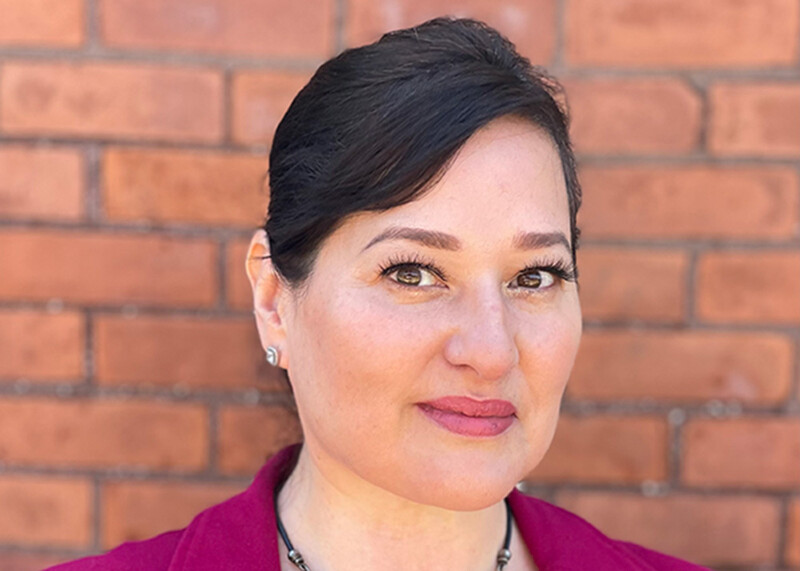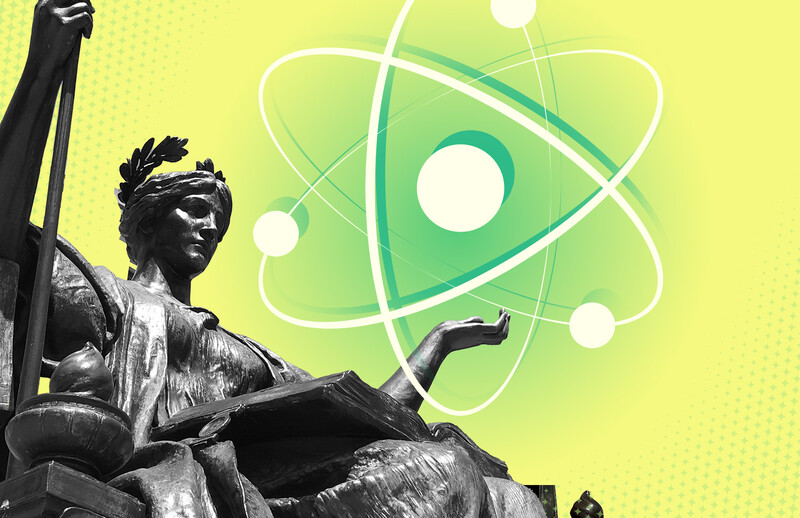When a magnitude 4.8 earthquake struck northern New Jersey’s Tewksbury Township last April, it shook not only the ground but the region’s sense of security. The quake was the biggest to hit the New York City metro area since 1884 and generated stronger, more far-reaching shock waves than would have been expected based on the depth and magnitude of the fault slippage. More than 150 buildings in New York City were damaged, and trembling was felt as far away as Maine and Virginia. Now a team of researchers that includes Columbia seismologist Won-Young Kim may have discovered why. They say that as a result of the fault line’s unusual geometry, the energy produced by the earthquake did not travel straight up to the surface, as is typical, but first headed downward, where it bounced off a layer of dense rock near the Earth’s mantle and emanated back upward in all directions, disturbing a wider area. The scientists are now studying the previously unmapped fault line in more detail to assess future risk.



